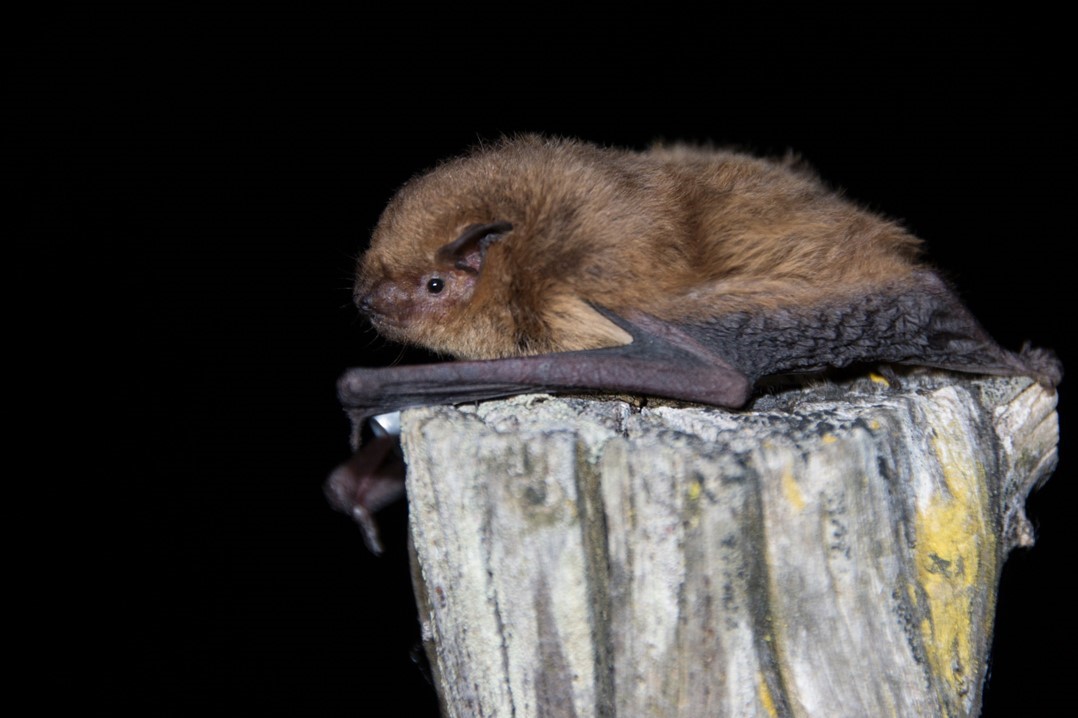Marta Bertran , Rosa Ma Alsina-Pages, and Elena Tena
Pipistrellus pipistrellus and Pipistrellus pygmaeus in the Iberian Peninsula: An Annotated Segmented Dataset and a Proof of Concept of a Classifier in a Real Environment
Appl. Sci. 2019, 9(17), 3467
DOI: 10.3390/app9173467
RESUMEN
Bats have an important role in the ecosystem, and therefore an effective detection of their prevalence can contribute to their conservation. At present, the most commonly methodology used in the study of bats is the analysis of echolocation calls. However, many other ultrasound signals can be simultaneously recorded, and this makes species location and identification a long and difficult task. This field of research could be greatly improved through the use of bioacoustics which provide a more accurate automated detection, identification and count of the wildlife of a particular area. We have analyzed the calls of two bat species—Pipistrellus pipistrellus and Pipistrellus pygmaeus—both of which are common types of bats frequently found in the Iberian Peninsula. These two cryptic species are difficult to identify by their morphological features, but are more easily identified by their echolocation calls. The real-life audio files have been obtained by an Echo Meter Touch Pro 1 bat detector. Time-expanded recordings of calls were first classified manually by means of their frequency, duration and interpulse interval. In this paper, we first detail the creation of a dataset with three classes, which are the two bat species but also the silent intervals. This dataset can be useful to work in mixed species environment. Afterwards, two automatic bat detection and identification machine learning approaches are described, in a laboratory environment, which represent the previous step to real-life in an urban scenario. The priority in that approaches design is the identification using short window analysis in order to detect each bat pulse. However, given that we are concerned with the risks of automatic identification, the main aim of the project is to accelerate the manual ID process for the specialists in the field. The dataset provided will help researchers develop automatic recognition systems for a more accurate identification of the bat species in a laboratory environment, and in a near future, in an urban environment, where those two bat species are common.
